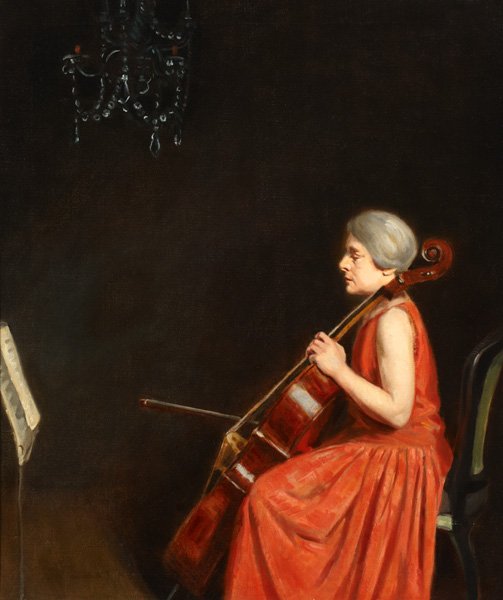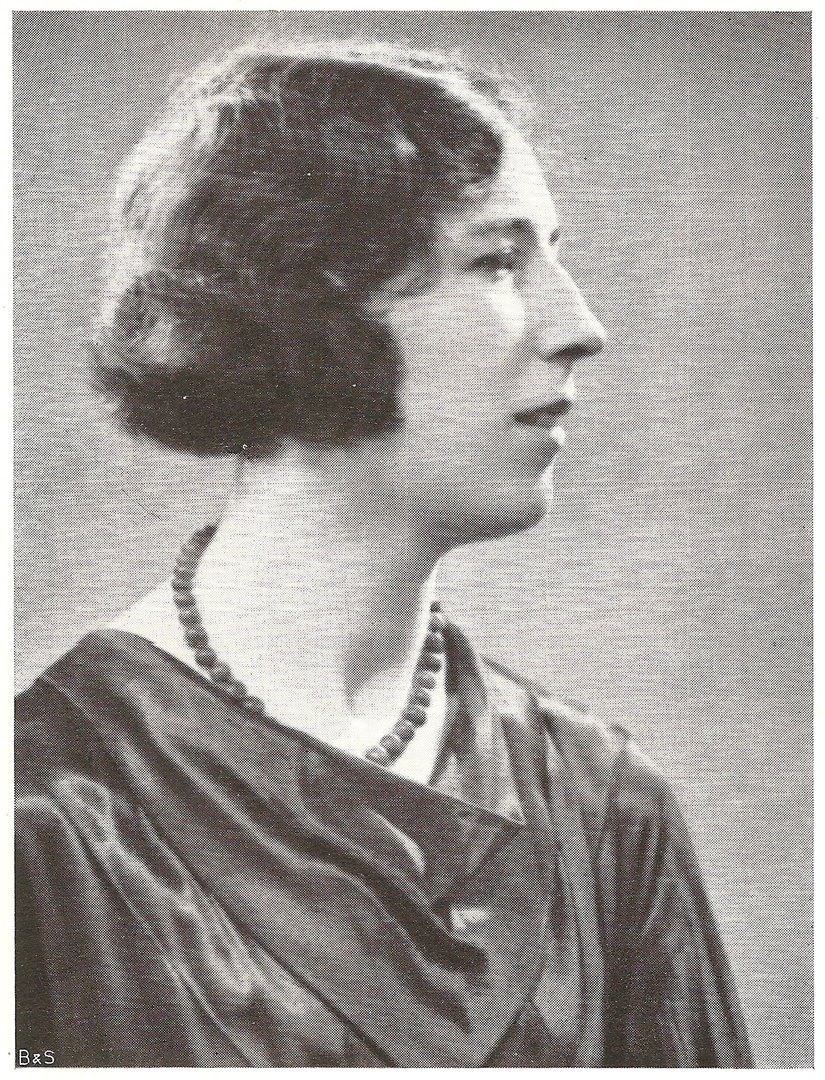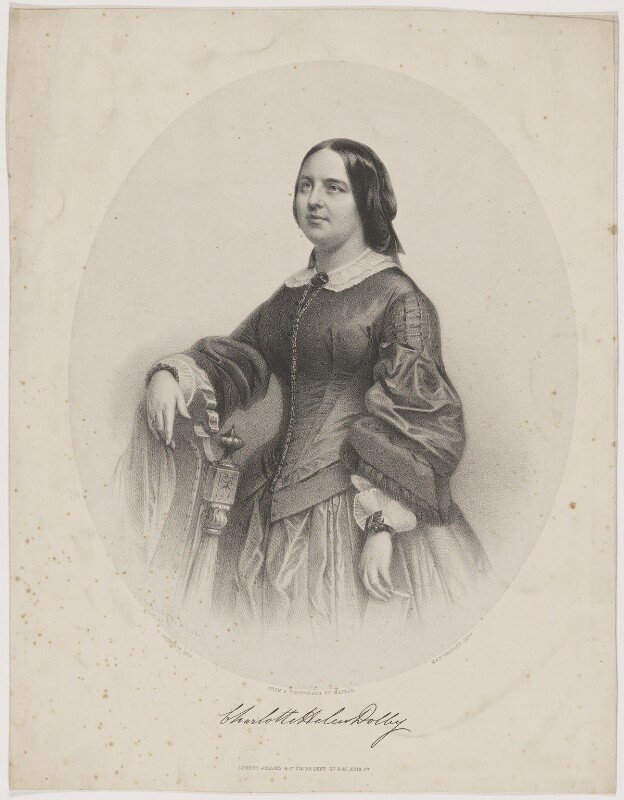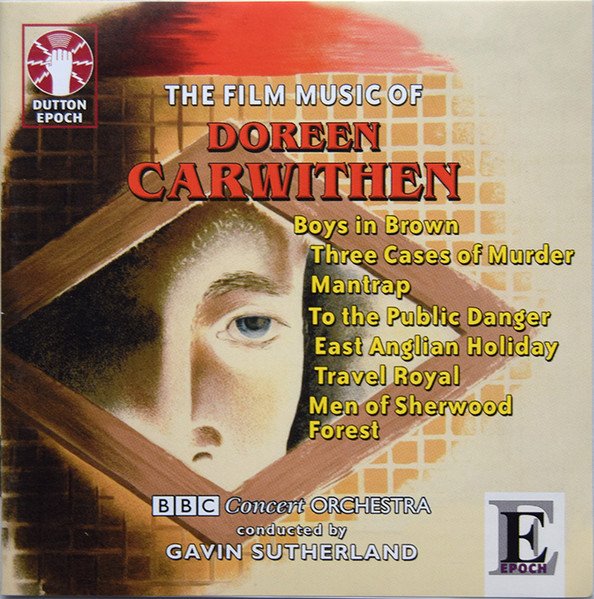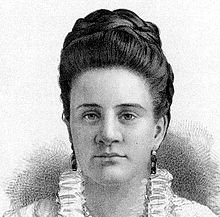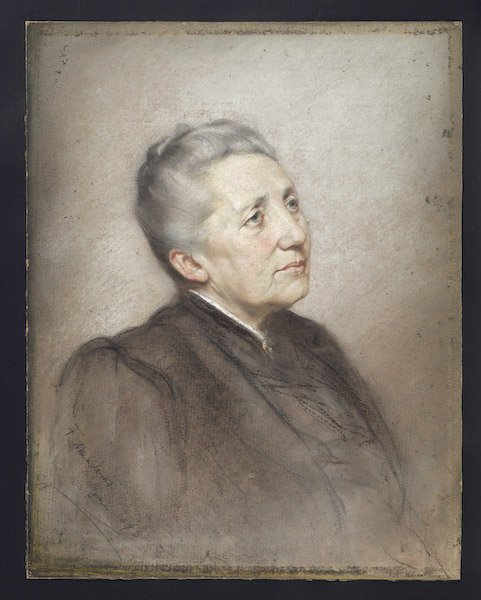Kate Loder 1825-1904
The first time I set foot in the Board Room of the Royal Academy of Music, nearly two decades ago, my attention was immediately taken by the oil painting of a woman that hung to the right of the door. It stood out, not just because it was the brightest painting in the room, but because the face seemed so characterful, so kind, so communicative. Under the mob cap, the eyes were kind, the lines were in repose.
“Who is that?” I asked.
I don’t remember who answered “Kate Loder”, but it was a brief answer with an undercurrent that implied that the name would mean something to me. At the time, it didn’t.
Kate Loder is almost certainly the best-known of the nineteenth-century Academy women, which, I admit, does not set the bar particularly high; and it was relatively easy even then to find information on her. When I left the meeting, I went straight to the library to look her up. What I found was an influential woman who had been * into the grain of Academy history so thoroughly that many Academy people knew of her and her existence, but there it stopped. Only cabinetmakers tend to be aware of the glue that holds their creations together.
Things are a little different now. For example, there are recordings of some of her works, including a CD of piano works, and a chapter dedicated to her in the book on the Loder family that arose from a conference in *. I myself have dabbled in both her music and her life, for various reasons, although never in any depth. That first encounter with her tranquil gaze has stayed with me, though, and my fascination for the woman who became the first female professor of harmony at the Academy, and who chose composition as her first study at a time when this was at best considered an odd choice for a female student has never gone away. This blog post is thus in very small part a way of capturing some of my admiration for her.
Kate Fanny Loder was born into a musical family in Bath in 1825. This does not mean that her musical path was inevitable; she seems to have been the only female member of the family to be a professional musician, amongst the many men who became known for both performing and composing. After early piano lessons, she entered the Royal Academy of Music at thirteen, studying both piano and composition.
Map of Bath, 1818
Loder’s time at the Academy was fairly star-studded. She was a King’s Scholar twice, she started playing out on the concert circuit, and several of her pieces were played, including an overture to an opera that didn’t in the end eventuate. Reviews were almost unanimously good. She left studentship with a clearly promising career in front of her, as performer, composer and teacher. Her association with the Academy also did not draw to a close here. She was appointed as the first female professor of harmony, also teaching piano. Teaching would remain an important part of her musical life, and some of her compositional output is pedagogical. Indeed, it was at the home of a pupil that she met her future husband, surgeon Henry Thompson.
Loder gave up “public” performance some time after the marriage, although the Thompson house remained a cultural hub. It is not really clear how much the cultural interests and activities of the married pair intersected – Henry’s “octave dinners” were a gathering of eight men who consumed eight courses – but Loder stepped into the shoes of a salonière, hosting many musical events at the house in Wimpole Street. One particular highlight was the first English performance of Brahms’ Requiem, given in its duet form, with Loder on primo and ex-principal of the Academy Cipriani Potter on secondo:
“It was a happy thought on the part of the late Lady Thompson […] to arrange a performance of the Requiem of Brahms in her drawing-room at 35, Wimpole Street, Marylebone. This took place on July 10, 1871, under the direction of Julius Stockhausen, who trained the chorus and also sang the baritone solo. [… A]n English version of the text was used.
As the available space in the room did not allow of an orchestra, the accompaniments, in the four-hand arrangement of the composer, were adapted and played on the pianistforte bu the hostess, Lady Thompson – herself an excellent pianist and thorough musician – and old Cipriani Potter, then in his eightieth year. […]
Lady Macfarren, in recalling the event after an interval of thirty-three years, specially for this article, writes: “The weight of the performance rested on the two players at the pianoforte, Mr. Potter playing the bass, and Lady Thompson the upper part. The refined charm of Lady Thompson’s playing of the violin passages that so often hover like angels’ wings over the voces, I can hear still at this distance of more than thirty years, and Mr. Potter’s sensitive musicianly reading no less.” (1906)”
Anna Regan-Schimon sang the soprano solo
There were many other performances of illustrious musicians, including Clara Schumann, with whom Loder had a long and deep friendship. Schumann tended to instruct her pupils who journeyed to London to go and play to Loder in her home.
Because Loder’s story has been hovering through many cycles of female biography, I find it rather tragic just how many tired tropes are still trotted out about her and her life trajectory. These stereotypes are so embedded in the ways we talk about Western classical music that they seem almost unnoticeable. She thus stands as a particularly illuminated example of the issues facing biography of most of the women we have written about in these pages. Some will be very recognisable – the distinction of private (often conflated with domestic) and public performance remains stark, in a way that is historically incorrect. It is also often pointed out that she wrote mainly in small forms, as most women of the time did. This, of course, is true, but it is rarely offered with any unpacking of what it meant that composers are always reliant on networks for public exposure, and that the performers and venues that female performer/composers knew and worked with were those more suited to chamber and solo works. I am reminded of Clara Macirone’s observation in the 1890s that now that women were permitted to play in and conduct orchestras, perhaps their orchestral compositions would be performed more. Tied in with this is an explicit binary in many writings of salon versus recital repertoire, Loder falling firmly into the first category. A composer’s reliance on the performers she works with is evident in the reviews of the first performance of her string quartet in G minor, in 1846, and will be still recognisable to many composers of today:
“Miss Loder’s quartet is evidently a first attempt at this species of composition, but it contains many points that would do credit to an experienced writer. The slow movement and the scherzo were the points that pleased us the most, but we feel incompetent to give a decided opinion of the work, from the very imperfect performance of it on the present occasion. This, we believe, was partly owing to the sudden illness of one of the performers, whose part was filled up at a short notice, without rehearsal, so that we can only justly regret, not censure, this inefficient rendering of a new work of so much pretensions.”
There is another side to Loder’s story, away from pianos and the composers pen. Like many of the salonières before her, she had a deep interest in charitable endeavours. She was especially interested in the effect of diet for children, heading a soup kitchen for the children of poor families, and campaigning to improve school food (move over, Jamie Oliver!). She gave piano lessons free to those who could not afford them otherwise. The gentle face of the Board Room portrait seems in step with the life she chose to lead. She died in 1904, leaving a legacy that we can still feel today, although the story itself has vanished from active view.
Here's the fourth of the first book of etudes, in B flat major.




